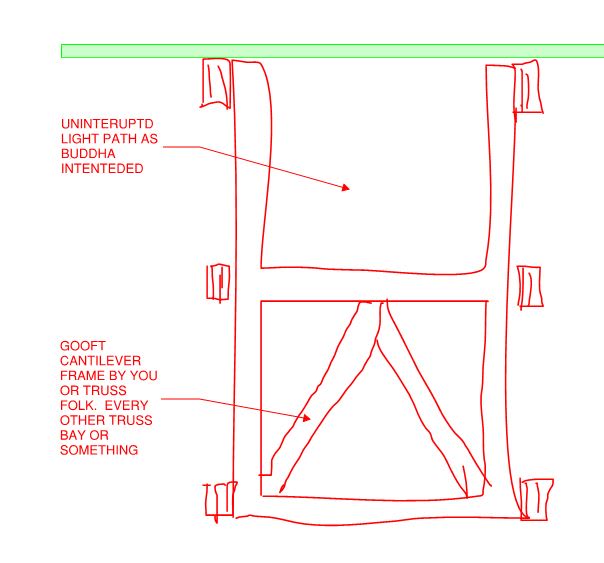I'm designing a building where the architect is proposing a row of skylights (actually a vertical curtain wall, but you get the idea) in the middle of the diaphragm, completely dividing it into 2. I've had 2 thoughts about this:
1. Design the building as 2 separate diaphragms and seismic systems
2. Add a few bays of bracing at the skylight locations to provide continuity
My concern with 1 is the obvious possibility of the two diaphragms moving in opposite directions during an earthquake and the skylights raining down on the inhabitants with broken glassy fury. Can someone alleviate my concerns with this approach? Or should I go ahead and insist to the architect that the bracing be added (like I'm leaning towards)?
Thanks!
1. Design the building as 2 separate diaphragms and seismic systems
2. Add a few bays of bracing at the skylight locations to provide continuity
My concern with 1 is the obvious possibility of the two diaphragms moving in opposite directions during an earthquake and the skylights raining down on the inhabitants with broken glassy fury. Can someone alleviate my concerns with this approach? Or should I go ahead and insist to the architect that the bracing be added (like I'm leaning towards)?
Thanks!

